Презентация Workshop PRESENTATIONS


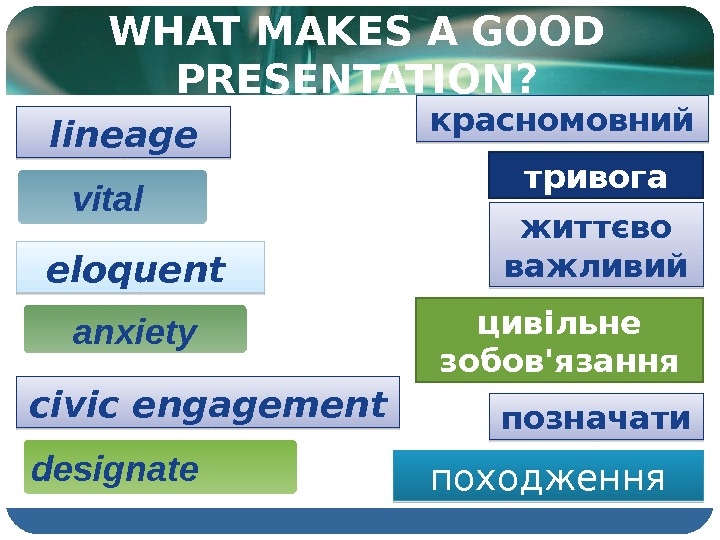
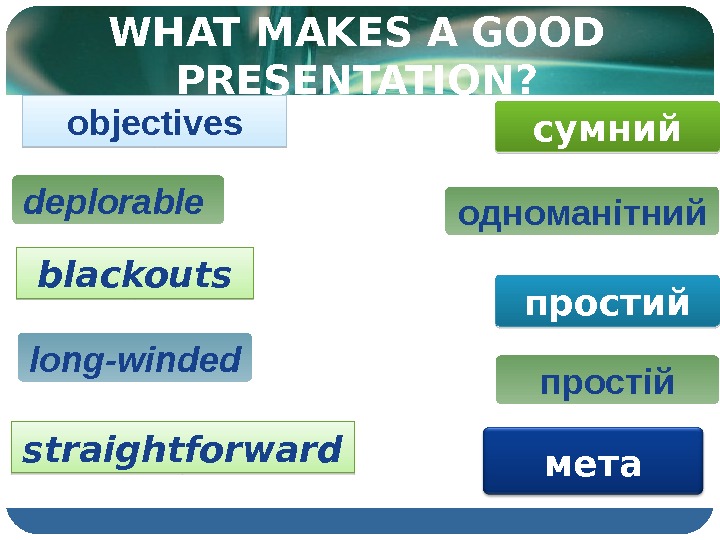
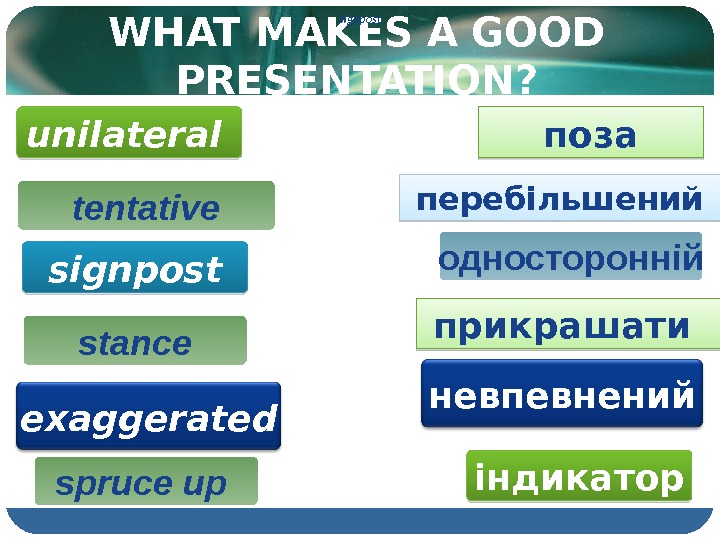

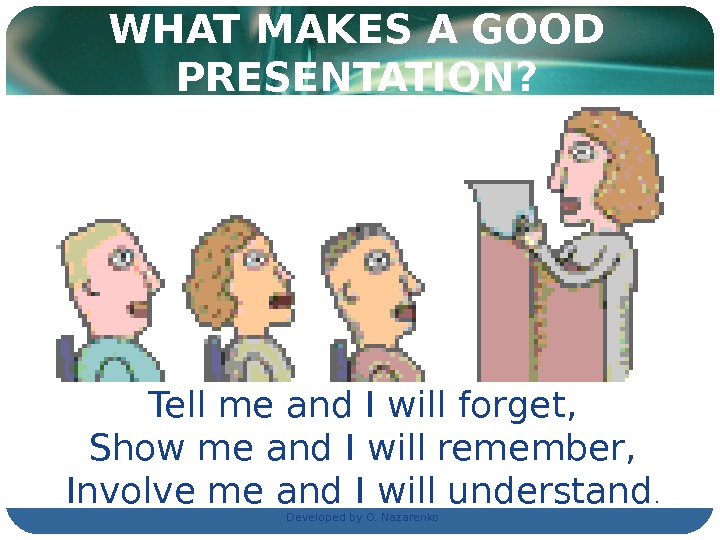
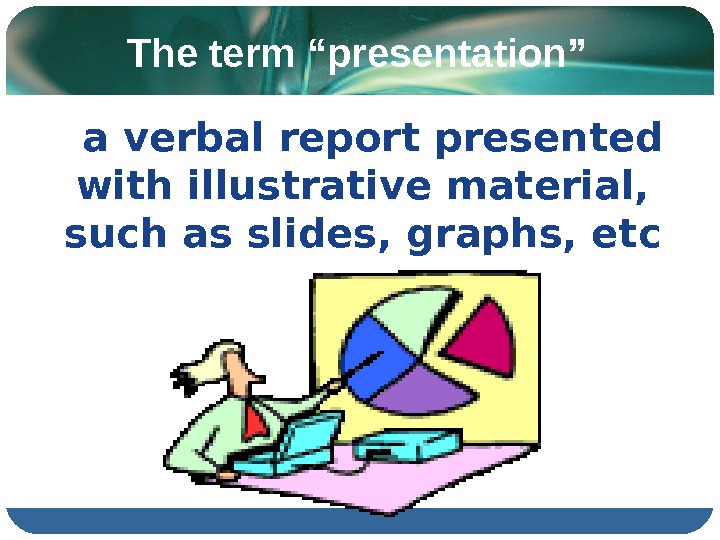
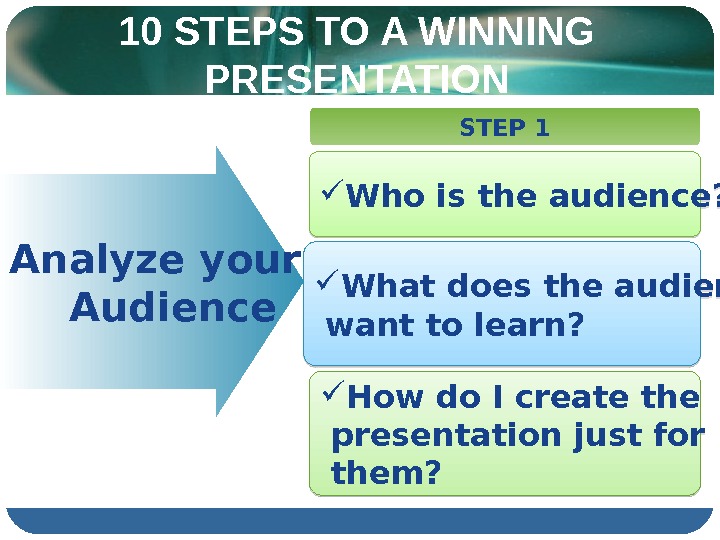
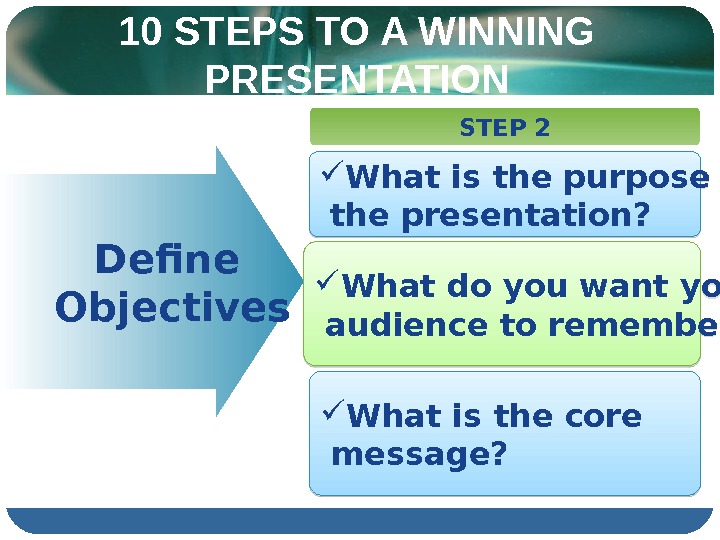
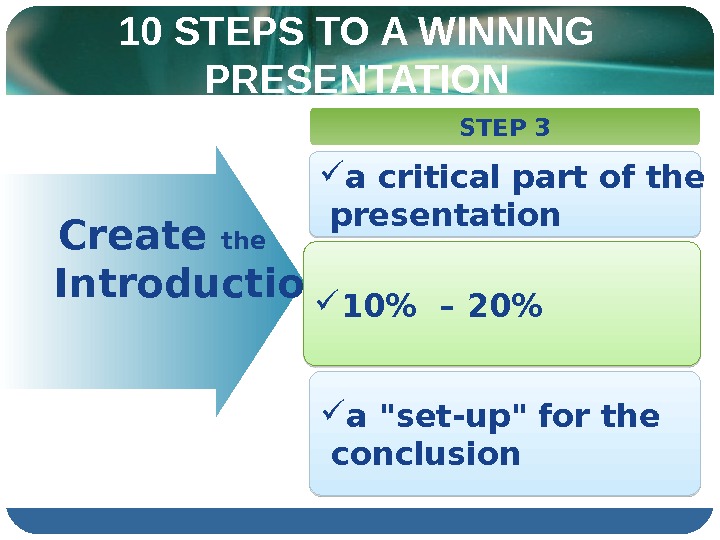
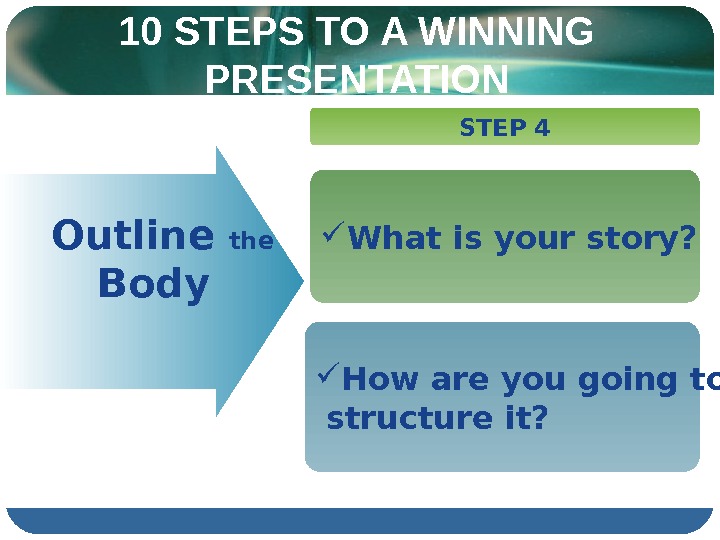
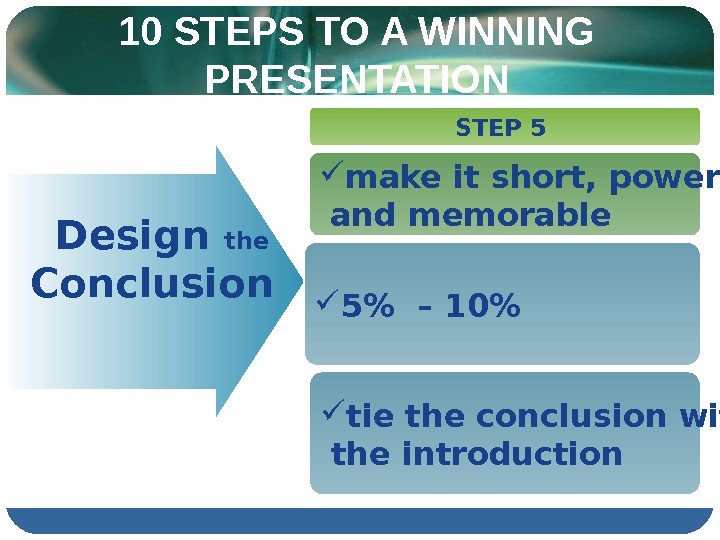
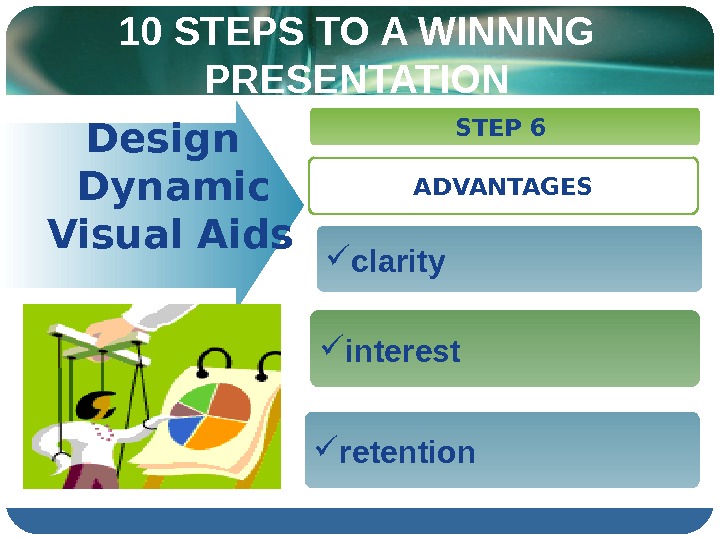
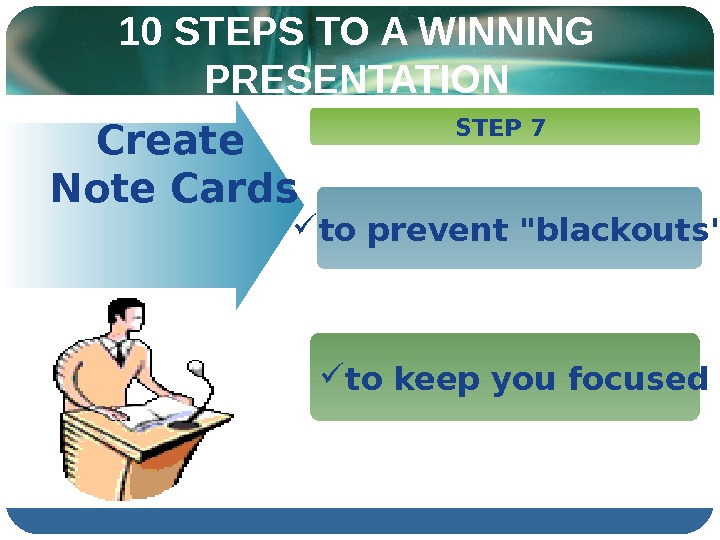
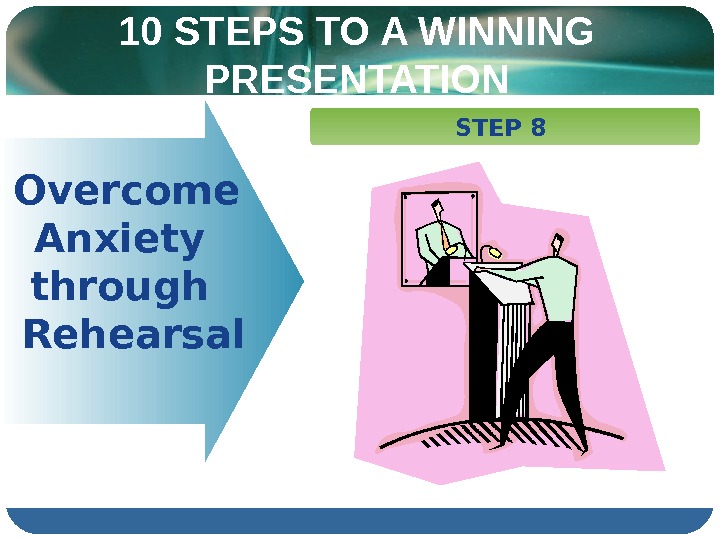
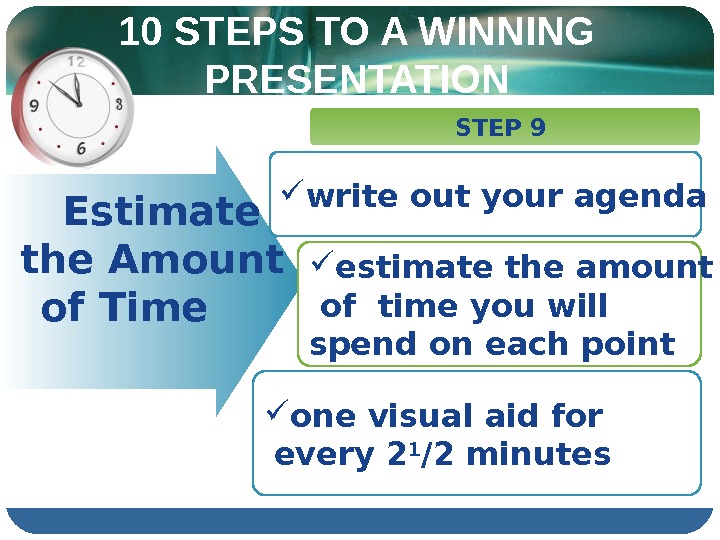
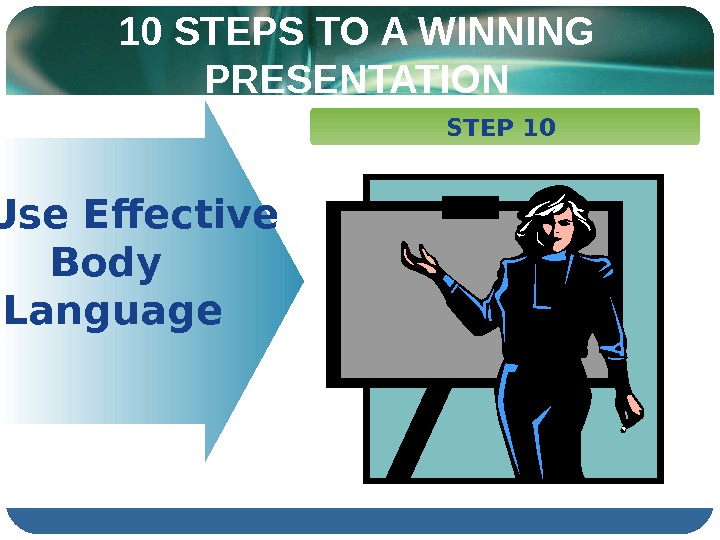
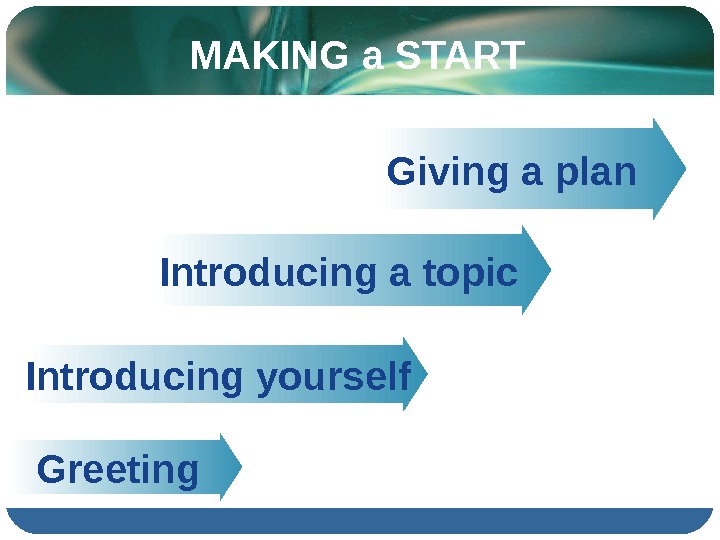
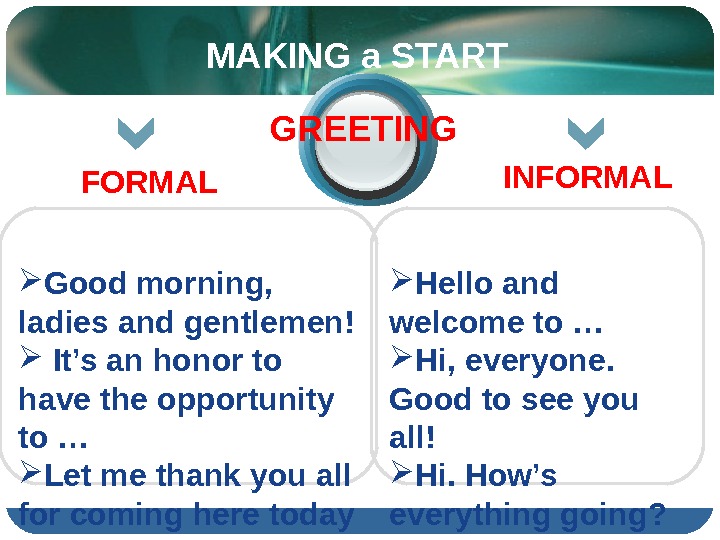

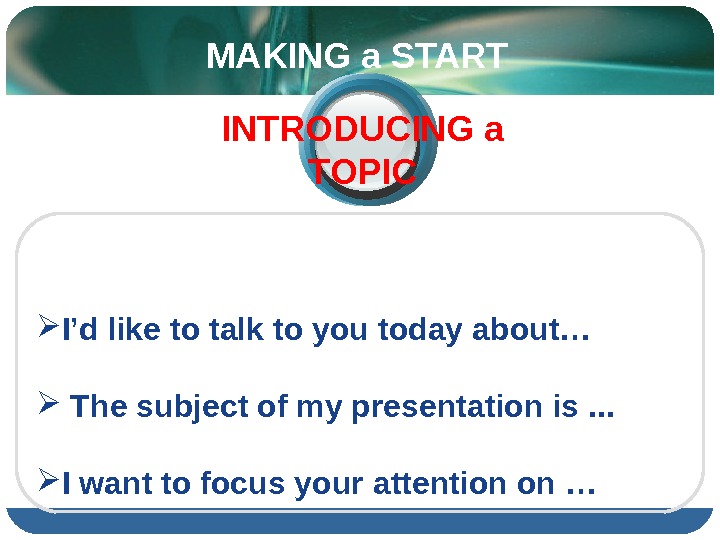
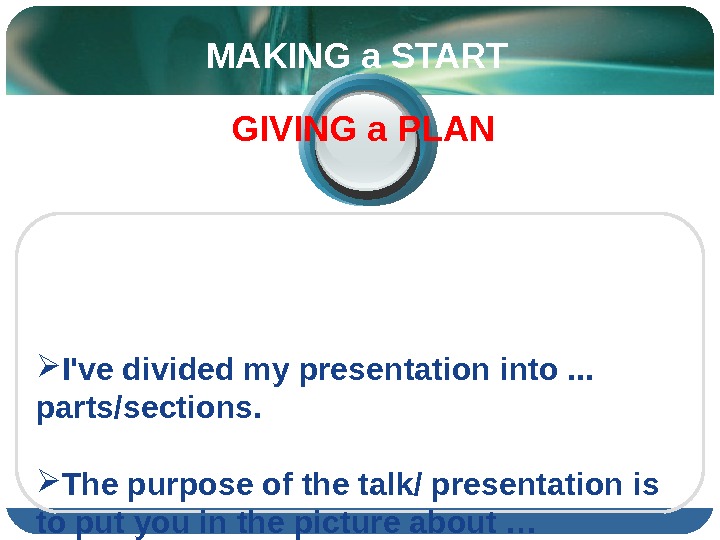
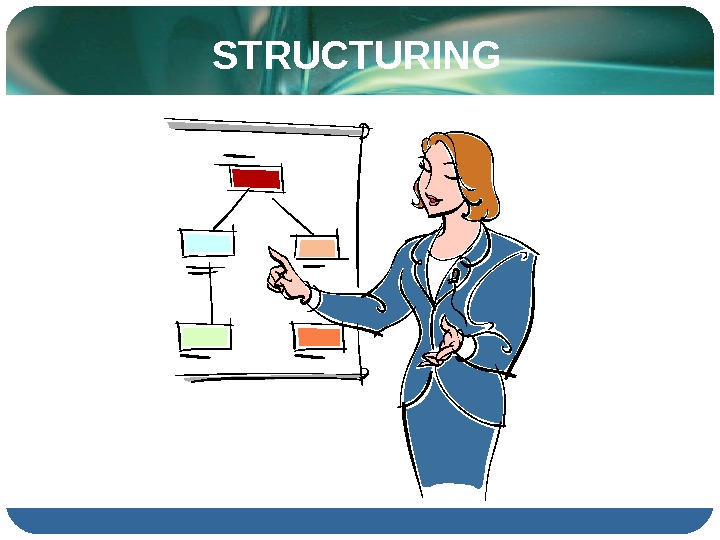
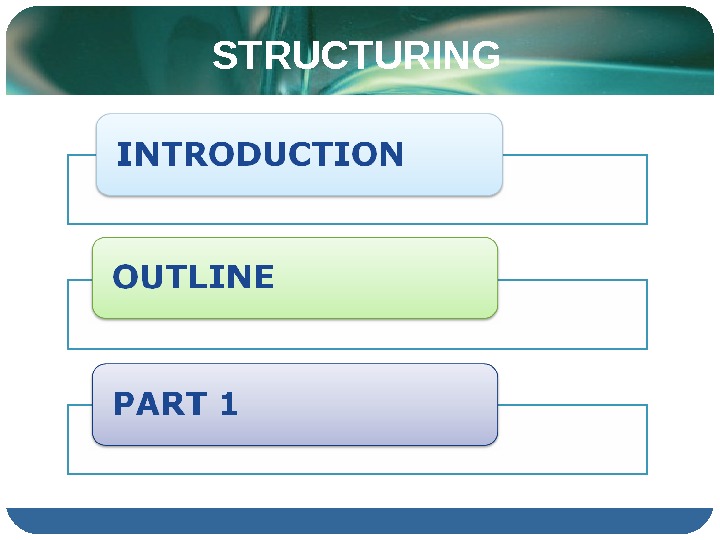
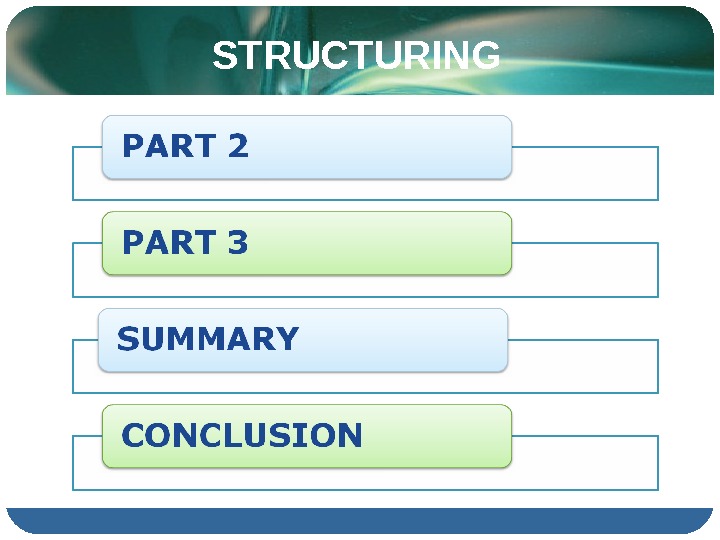
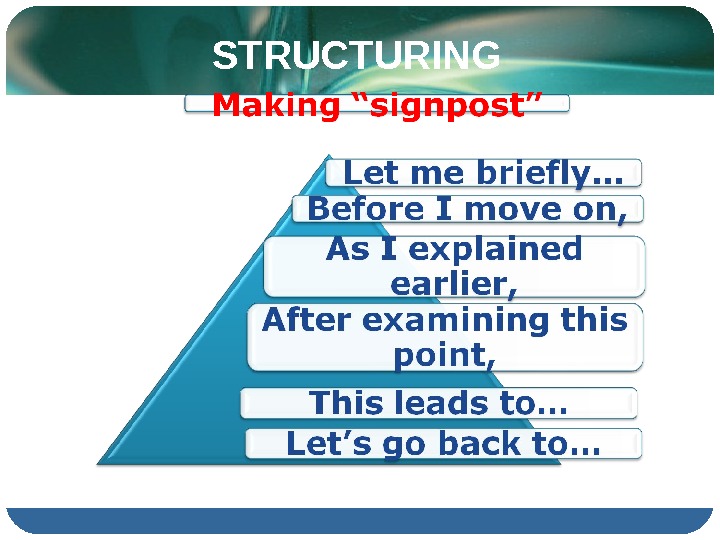
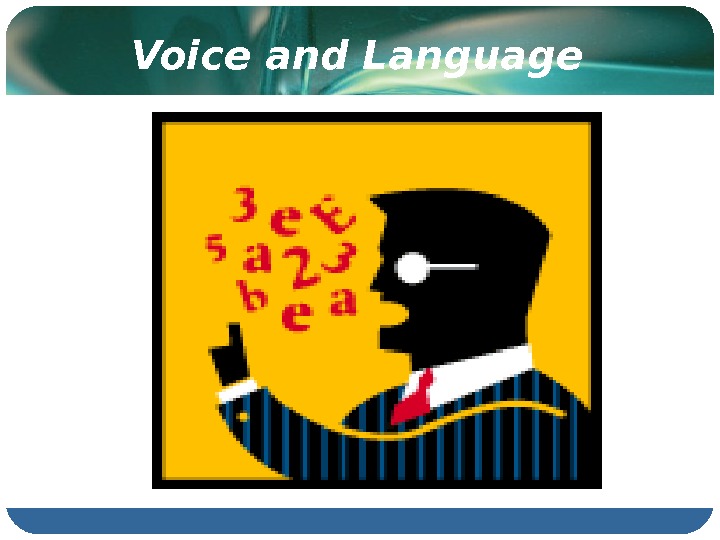
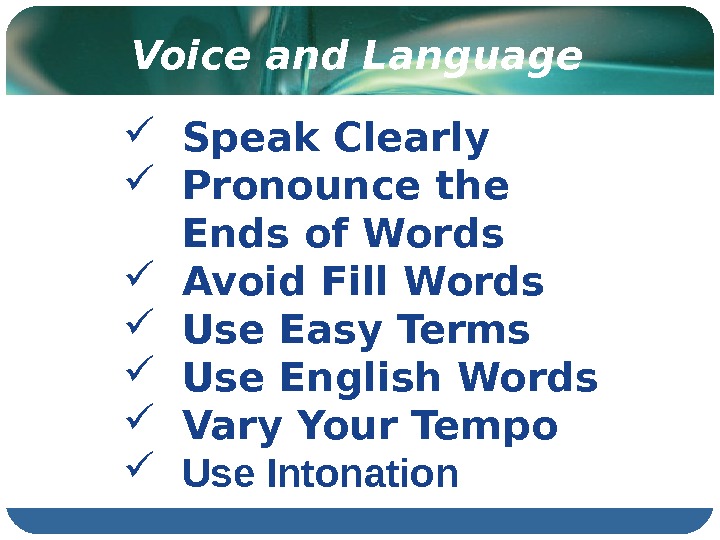
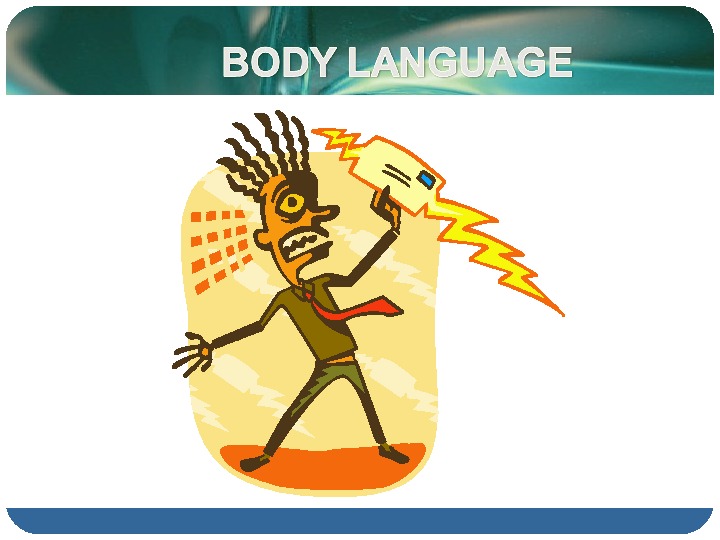
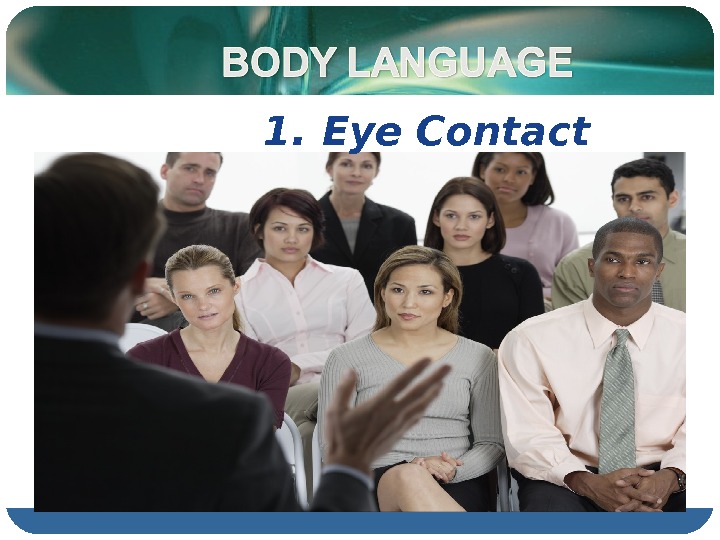
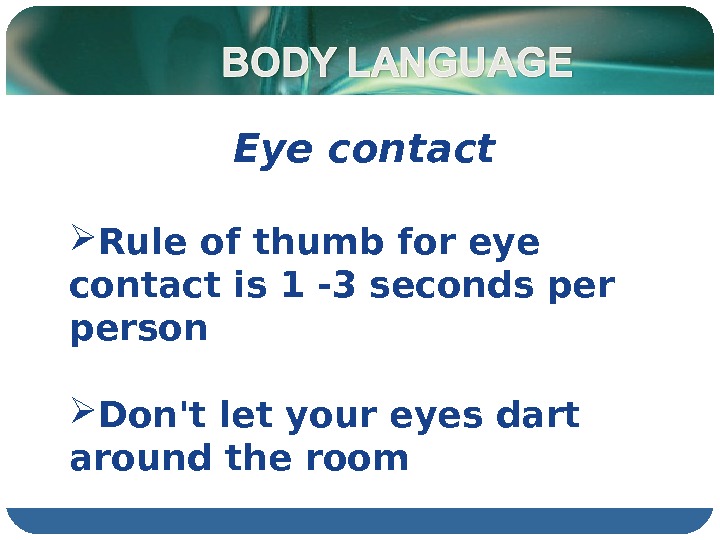
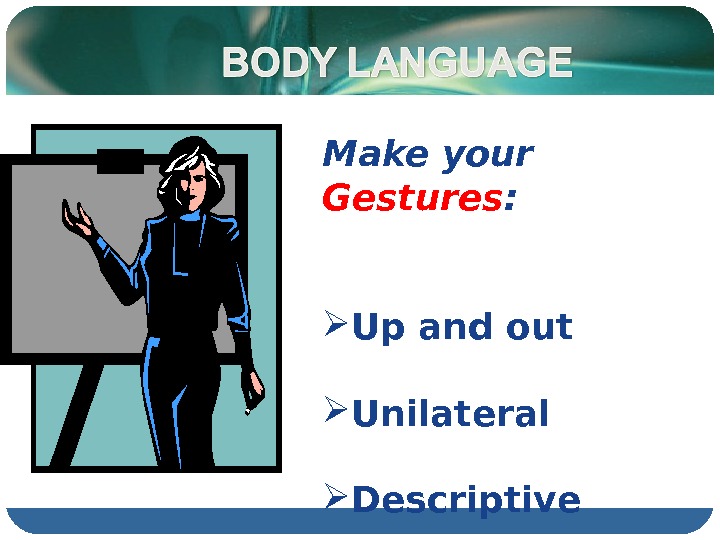
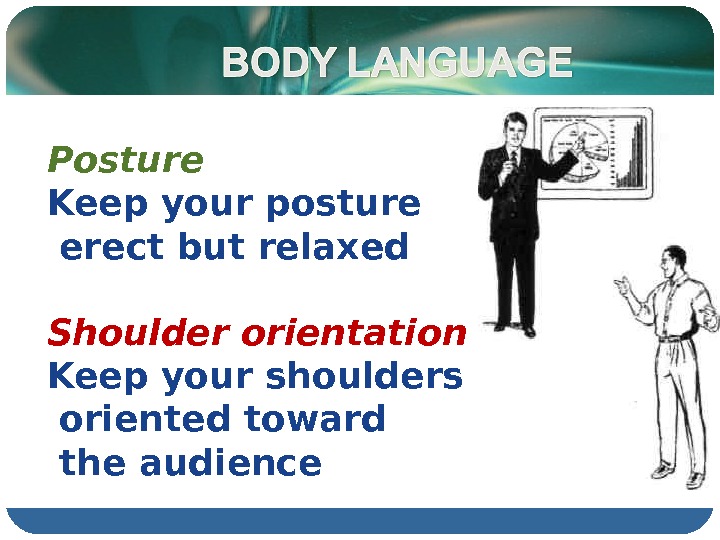
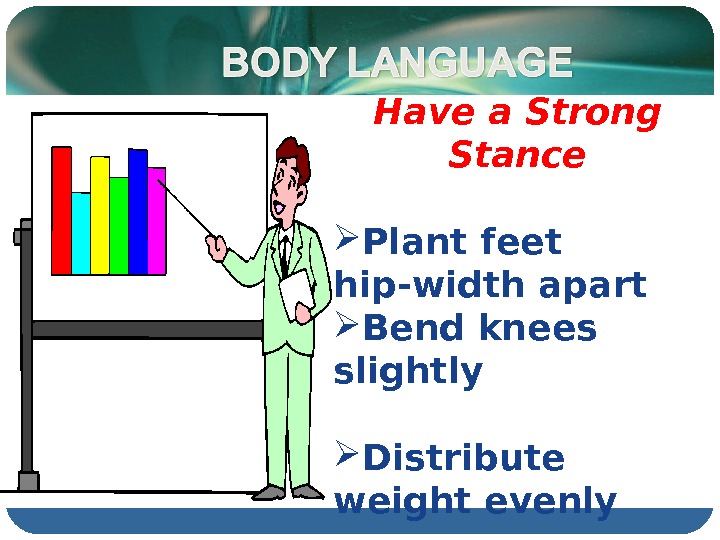
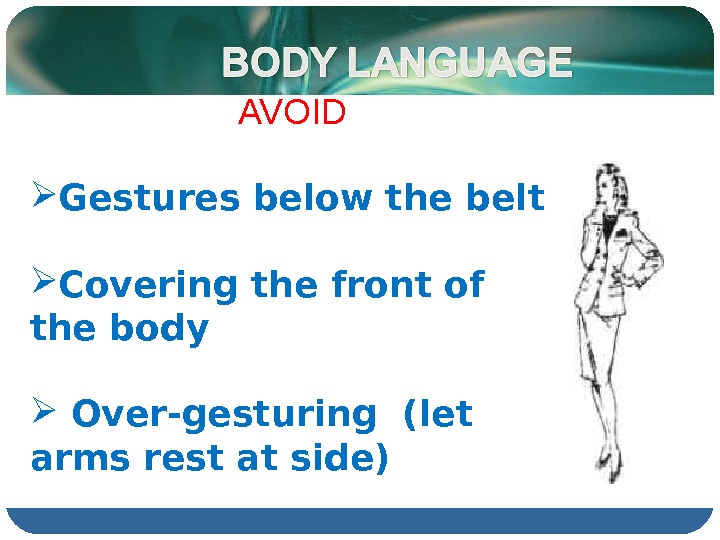
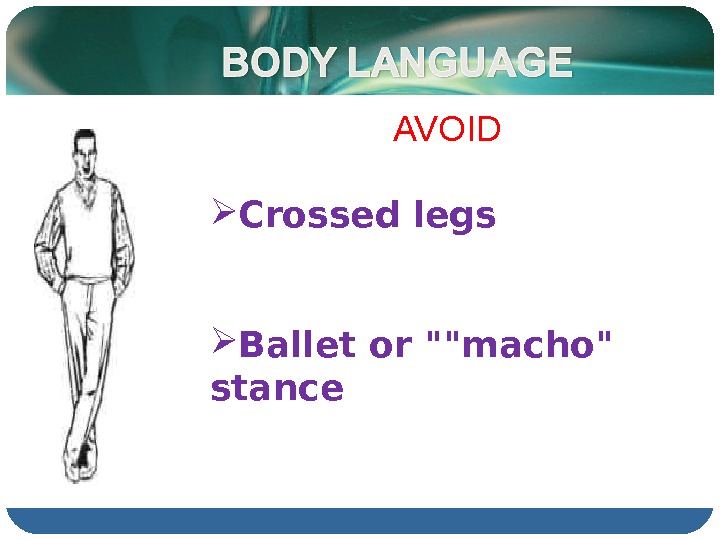
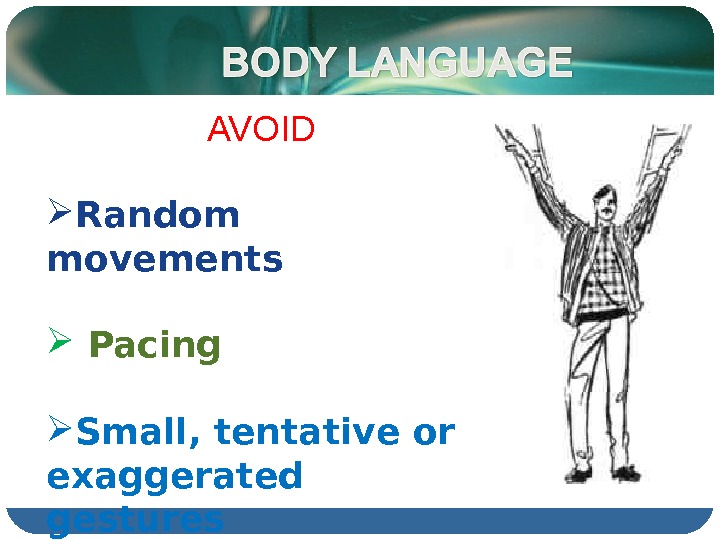
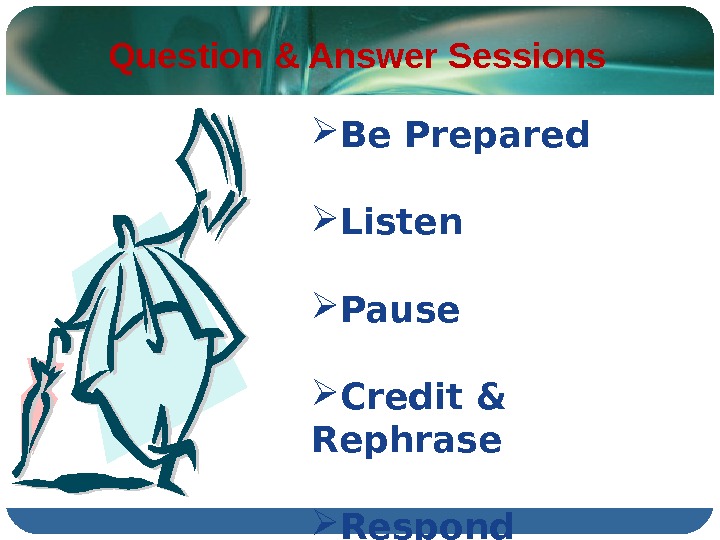
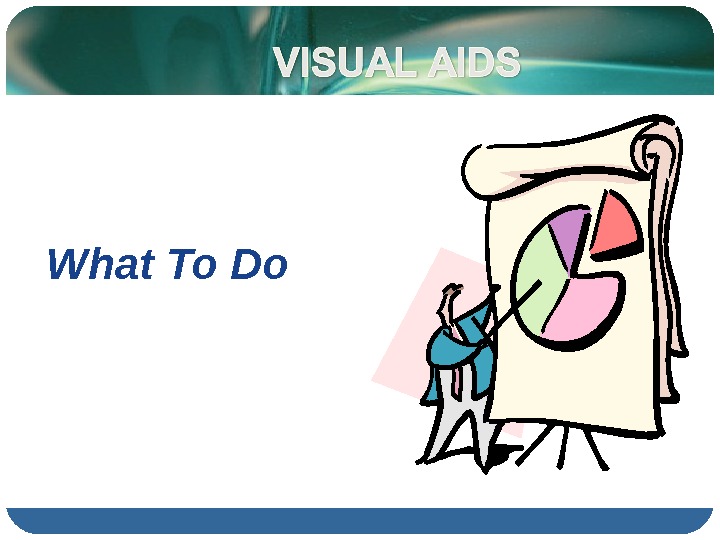
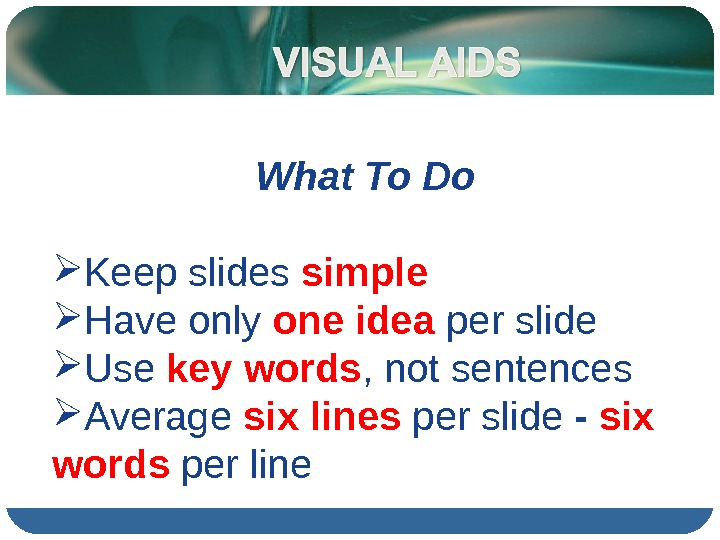
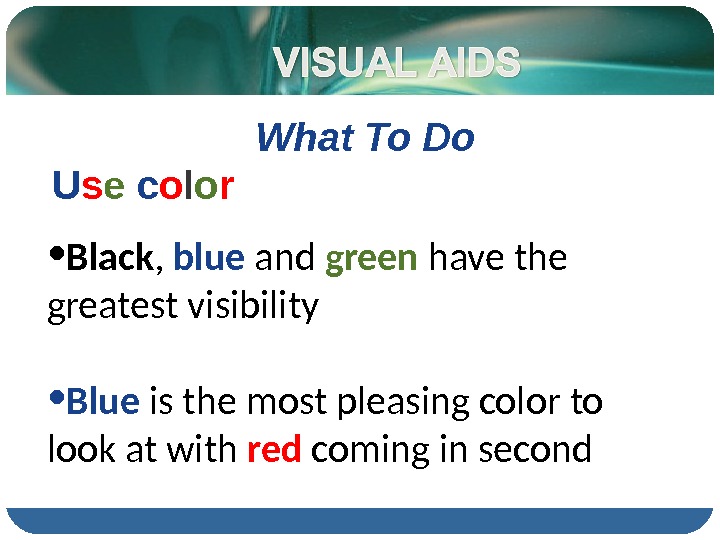
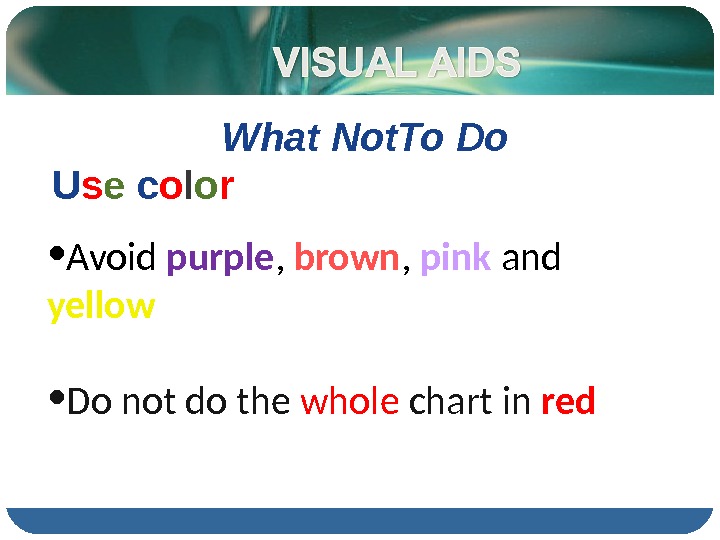
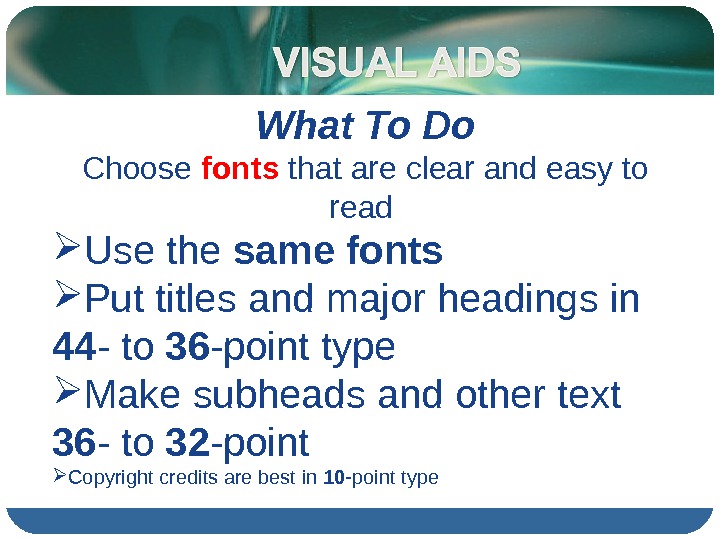
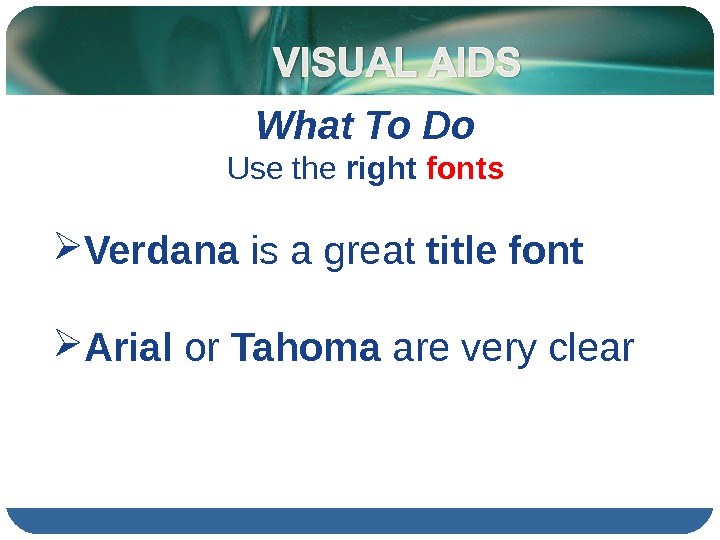
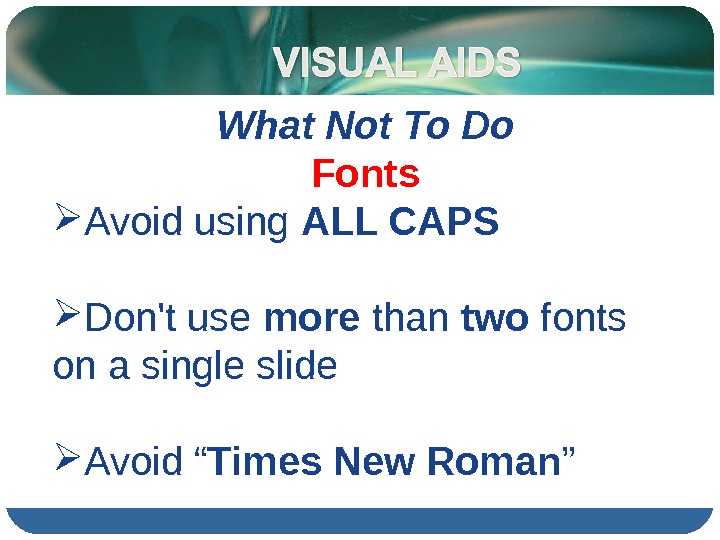
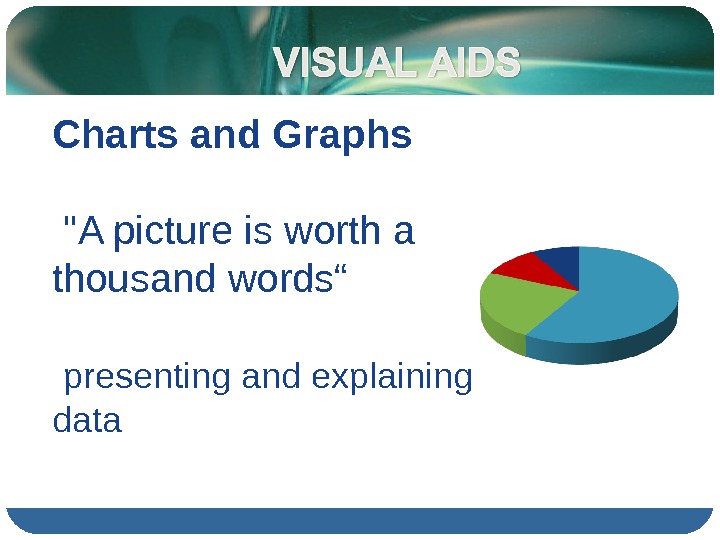
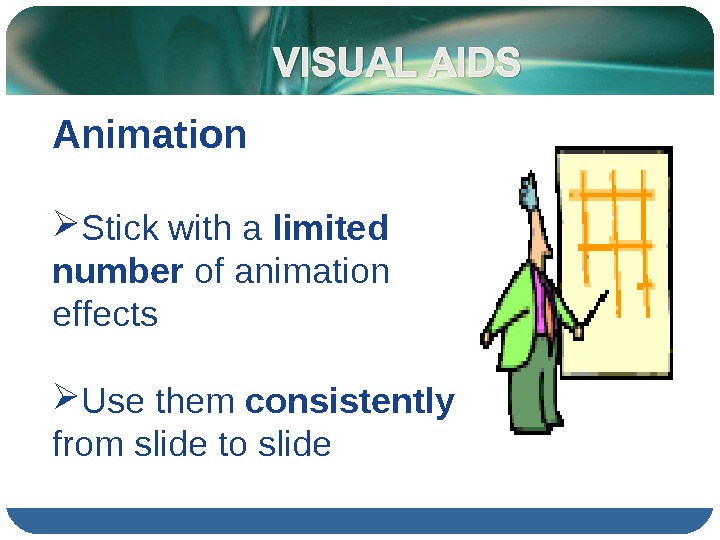
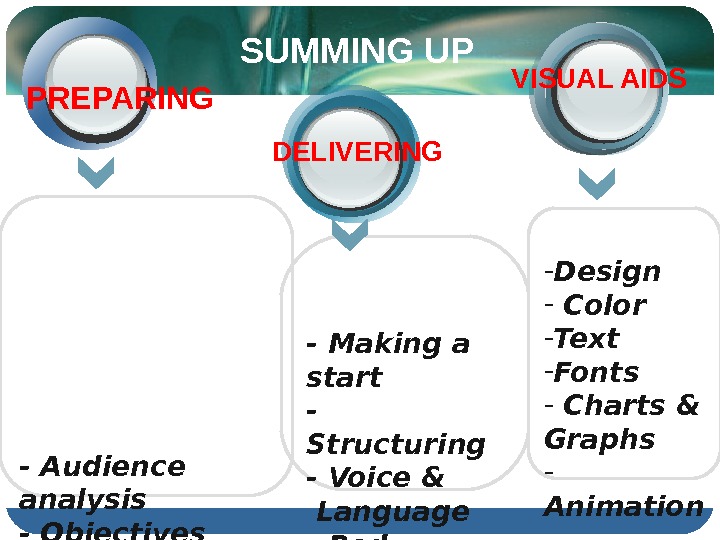



- Размер: 2.1 Mегабайта
- Количество слайдов: 51
Описание презентации Презентация Workshop PRESENTATIONS по слайдам
 WHAT MAKES A GOOD PRESENTATION? Linguistics Faculty Institute of Telecommunication Systems Developed by O. Nazarenko
WHAT MAKES A GOOD PRESENTATION? Linguistics Faculty Institute of Telecommunication Systems Developed by O. Nazarenko
 WHAT MAKES A GOOD PRESENTATION? designate vital lineage civic engagement eloquent anxiety життєво важливий ц ивільн е зобов’язання позначати походження тривогакрасномовний
WHAT MAKES A GOOD PRESENTATION? designate vital lineage civic engagement eloquent anxiety життєво важливий ц ивільн е зобов’язання позначати походження тривогакрасномовний
 WHAT MAKES A GOOD PRESENTATION? long-winded objectives blackouts straightforward deplorable метапростійпростийодноманітний сумний
WHAT MAKES A GOOD PRESENTATION? long-winded objectives blackouts straightforward deplorable метапростійпростийодноманітний сумний
 WHAT MAKES A GOOD PRESENTATION? одностороннійперебільшений поза прикрашати spruce up exaggerated stancesignpost tentativeunilateral signpost невпевнений індикатор
WHAT MAKES A GOOD PRESENTATION? одностороннійперебільшений поза прикрашати spruce up exaggerated stancesignpost tentativeunilateral signpost невпевнений індикатор
 Ukrainian Coordinating Committee on Employment Rate 3 effective communication effective presentation (more than 41%) University graduates lack of skills of :
Ukrainian Coordinating Committee on Employment Rate 3 effective communication effective presentation (more than 41%) University graduates lack of skills of :
 WHAT MAKES A GOOD PRESENTATION? Tell me and I will forget, Show me and I will remember, Involve me and I will understand. Developed by O. Nazarenko
WHAT MAKES A GOOD PRESENTATION? Tell me and I will forget, Show me and I will remember, Involve me and I will understand. Developed by O. Nazarenko
 The term “presentation” a verbal report presented with illustrative material, such as slides, graphs, etc
The term “presentation” a verbal report presented with illustrative material, such as slides, graphs, etc
 10 STEPS TO A WINNING PRESENTATION Analyze your Audience STEP 1 Who is the audience? What does the audience want to learn? How do I create the presentation just for them?
10 STEPS TO A WINNING PRESENTATION Analyze your Audience STEP 1 Who is the audience? What does the audience want to learn? How do I create the presentation just for them?
 10 STEPS TO A WINNING PRESENTATION Define Objectives STEP 2 What is the purpose of the presentation? What do you want your audience to remember? What is the core message?
10 STEPS TO A WINNING PRESENTATION Define Objectives STEP 2 What is the purpose of the presentation? What do you want your audience to remember? What is the core message?
 10 STEPS TO A WINNING PRESENTATION Create the Introduction STEP 3 a critical part of the presentation 10% – 20% a «set-up» for the conclusion
10 STEPS TO A WINNING PRESENTATION Create the Introduction STEP 3 a critical part of the presentation 10% – 20% a «set-up» for the conclusion
 10 STEPS TO A WINNING PRESENTATION Outline the Body STEP 4 What is your story? How are you going to structure it?
10 STEPS TO A WINNING PRESENTATION Outline the Body STEP 4 What is your story? How are you going to structure it?
 10 STEPS TO A WINNING PRESENTATION Design the Conclusion STEP 5 make it short, powerful and memorable 5% – 10% tie the conclusion with the introduction
10 STEPS TO A WINNING PRESENTATION Design the Conclusion STEP 5 make it short, powerful and memorable 5% – 10% tie the conclusion with the introduction
 10 STEPS TO A WINNING PRESENTATION Design Dynamic Visual Aids STEP 6 interest retention clarity ADVANTAGES
10 STEPS TO A WINNING PRESENTATION Design Dynamic Visual Aids STEP 6 interest retention clarity ADVANTAGES
 10 STEPS TO A WINNING PRESENTATION Create Note Cards STEP 7 to keep you focused to prevent «blackouts»
10 STEPS TO A WINNING PRESENTATION Create Note Cards STEP 7 to keep you focused to prevent «blackouts»
 10 STEPS TO A WINNING PRESENTATION Overcome Anxiety through Rehearsal STEP
10 STEPS TO A WINNING PRESENTATION Overcome Anxiety through Rehearsal STEP
 10 STEPS TO A WINNING PRESENTATION Estimate the Amount of Time STEP 9 write out your agenda estimate the amount of time you will spend on each point one visual aid for every 2 1 /2 minutes
10 STEPS TO A WINNING PRESENTATION Estimate the Amount of Time STEP 9 write out your agenda estimate the amount of time you will spend on each point one visual aid for every 2 1 /2 minutes
 10 STEPS TO A WINNING PRESENTATION Use Effective Body Language STEP
10 STEPS TO A WINNING PRESENTATION Use Effective Body Language STEP
 MAKING a START Introducing a topic Greeting Giving a plan Introducing yourself
MAKING a START Introducing a topic Greeting Giving a plan Introducing yourself
 Hello and welcome to … Hi, everyone. Good to see you all! Hi. How’s everything going? Good morning, ladies and gentlemen! It’s an honor to have the opportunity to … Let me thank you all for coming here today MAKING a START GREETING FORMAL INFORMAL
Hello and welcome to … Hi, everyone. Good to see you all! Hi. How’s everything going? Good morning, ladies and gentlemen! It’s an honor to have the opportunity to … Let me thank you all for coming here today MAKING a START GREETING FORMAL INFORMAL
 I’m Max Benkovsky. I’m a student of … Let me introduce myself. My name is. . . For those of you who don’t know me, my name is … MAKING a START INTRODUCING YOURSELF FORMAL INFORMAL
I’m Max Benkovsky. I’m a student of … Let me introduce myself. My name is. . . For those of you who don’t know me, my name is … MAKING a START INTRODUCING YOURSELF FORMAL INFORMAL
 I’d like to talk to you today about… The subject of my presentation is. . . I want to focus your attention on … I’m going to present … MAKING a START INTRODUCING a TOPI
I’d like to talk to you today about… The subject of my presentation is. . . I want to focus your attention on … I’m going to present … MAKING a START INTRODUCING a TOPI
 I’ve divided my presentation into. . . parts/sections. The purpose of the talk/ presentation is to put you in the picture about … I’ll start with …, move on to the …, and finish with … MAKING a START GIVING a PLAN
I’ve divided my presentation into. . . parts/sections. The purpose of the talk/ presentation is to put you in the picture about … I’ll start with …, move on to the …, and finish with … MAKING a START GIVING a PLAN
 STRUCTURING
STRUCTURING
 STRUCTURING
STRUCTURING
 STRUCTURING
STRUCTURING
 STRUCTURING
STRUCTURING
 Voice and Language
Voice and Language
 Voice and Language Speak Clearly Pronounce the Ends of Words Avoid Fill Words Use Easy Terms Use English Words Vary Your Tempo Use Intonation
Voice and Language Speak Clearly Pronounce the Ends of Words Avoid Fill Words Use Easy Terms Use English Words Vary Your Tempo Use Intonation

 1. Eye Contact
1. Eye Contact
 Eye contact Rule of thumb for eye contact is 1 -3 seconds person Don’t let your eyes dart around the room
Eye contact Rule of thumb for eye contact is 1 -3 seconds person Don’t let your eyes dart around the room
 Make your Gestures : Up and out Unilateral Descriptive
Make your Gestures : Up and out Unilateral Descriptive
 Posture Keep your posture erect but relaxed Shoulder orientation Keep your shoulders oriented toward the audience
Posture Keep your posture erect but relaxed Shoulder orientation Keep your shoulders oriented toward the audience
 Have a Strong Stance Plant feet hip-width apart Bend knees slightly Distribute weight evenly
Have a Strong Stance Plant feet hip-width apart Bend knees slightly Distribute weight evenly
 AVOID Gestures below the belt Covering the front of the body Over-gesturing (let arms rest at side)
AVOID Gestures below the belt Covering the front of the body Over-gesturing (let arms rest at side)
 AVOID Crossed legs Ballet or «»macho» stance
AVOID Crossed legs Ballet or «»macho» stance
 AVOID Random movements Pacing Small, tentative or exaggerated gestures
AVOID Random movements Pacing Small, tentative or exaggerated gestures
 Question & Answer Sessions Be Prepared Listen Pause Credit & Rephrase Respond
Question & Answer Sessions Be Prepared Listen Pause Credit & Rephrase Respond
 What To Do
What To Do
 What To Do Keep slides simple Have only one idea per slide Use key words , not sentences Average six lines per slide — six words per line
What To Do Keep slides simple Have only one idea per slide Use key words , not sentences Average six lines per slide — six words per line
 What To Do U s e c o l o r • Black , blue and green have the greatest visibility • Blue is the most pleasing color to look at with red coming in second
What To Do U s e c o l o r • Black , blue and green have the greatest visibility • Blue is the most pleasing color to look at with red coming in second
 What Not. To Do U s e c o l o r • Avoid purple , brown , pink and yellow • Do not do the whole chart in red
What Not. To Do U s e c o l o r • Avoid purple , brown , pink and yellow • Do not do the whole chart in red
 What To Do Choose fonts that are clear and easy to read Use the same fonts Put titles and major headings in 44 — to 36 -point type Make subheads and other text 36 — to 32 -point Copy right credits are best in 10 -point type
What To Do Choose fonts that are clear and easy to read Use the same fonts Put titles and major headings in 44 — to 36 -point type Make subheads and other text 36 — to 32 -point Copy right credits are best in 10 -point type
 What To Do Use the right fonts Verdana is a great title font Arial or Tahoma are very clear
What To Do Use the right fonts Verdana is a great title font Arial or Tahoma are very clear
 What Not To Do Fonts Avoid using ALL CAPS Don’t use more than two fonts on a single slide Avoid “ Times New Roman ”
What Not To Do Fonts Avoid using ALL CAPS Don’t use more than two fonts on a single slide Avoid “ Times New Roman ”
 Charts and Graphs «A picture is worth a thousand words“ presenting and explaining data
Charts and Graphs «A picture is worth a thousand words“ presenting and explaining data
 Animation Stick with a limited number of animation effects Use them consistently from slide to slide
Animation Stick with a limited number of animation effects Use them consistently from slide to slide
 — Making a start — Structuring — Voice & Language — Body language — Question & answer session- Audience analysis — Objectives — Introduction — Body — Conclusion — Notes -Overcoming anxiety — Estimating time — Design — Color — Text — Fonts — Charts & Graphs — Animation. SUMMING UP PREPARING DELIVERING VISUAL AIDS
— Making a start — Structuring — Voice & Language — Body language — Question & answer session- Audience analysis — Objectives — Introduction — Body — Conclusion — Notes -Overcoming anxiety — Estimating time — Design — Color — Text — Fonts — Charts & Graphs — Animation. SUMMING UP PREPARING DELIVERING VISUAL AIDS
 CONCLUSION
CONCLUSION



